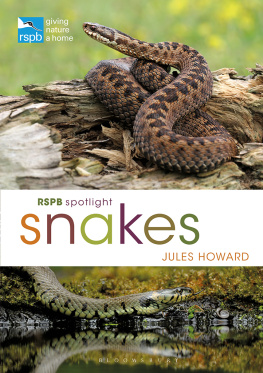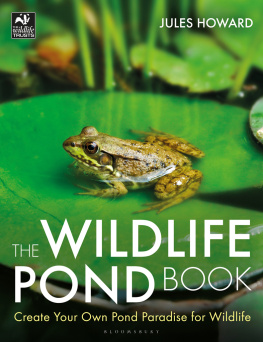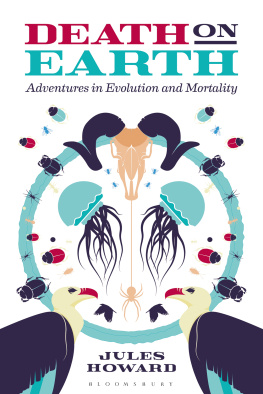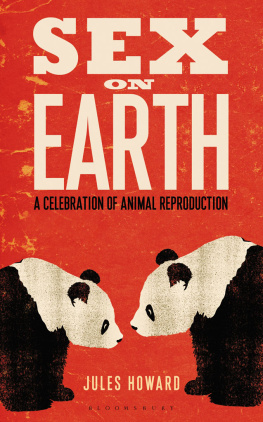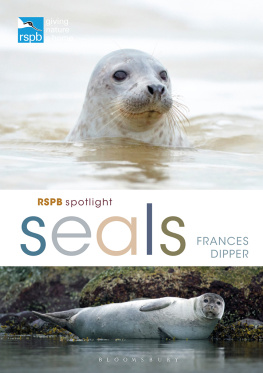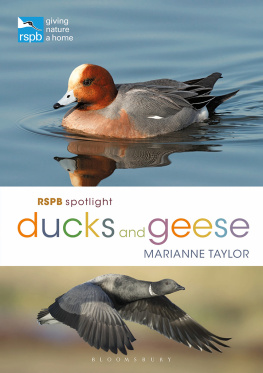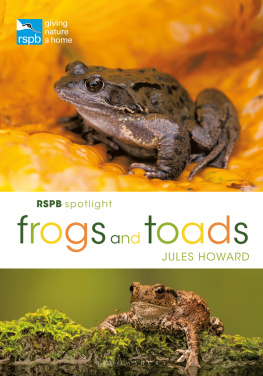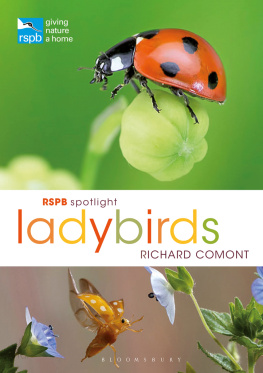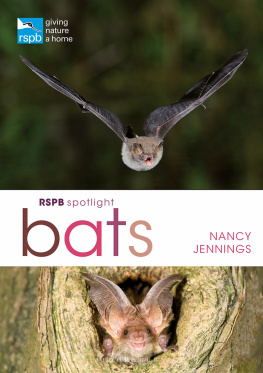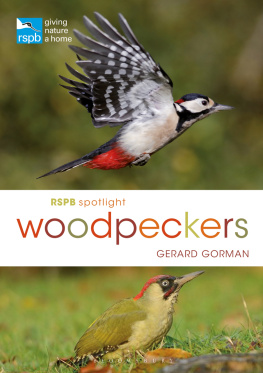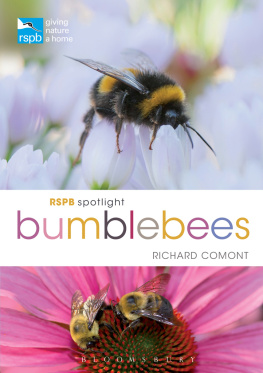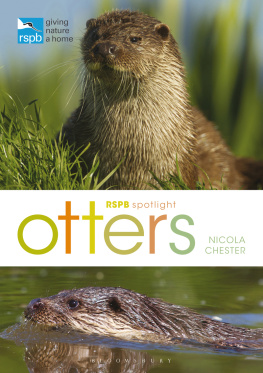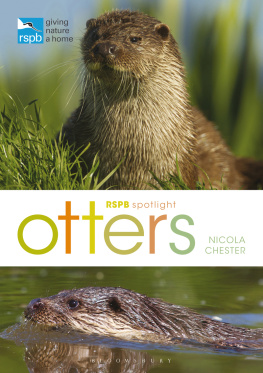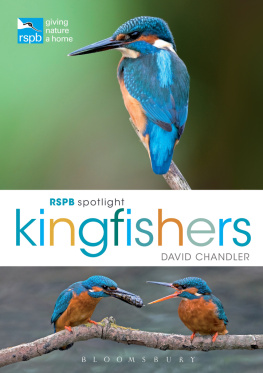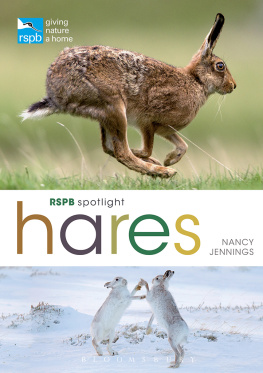Jules Howard - RSPB Spotlight Snakes
Here you can read online Jules Howard - RSPB Spotlight Snakes full text of the book (entire story) in english for free. Download pdf and epub, get meaning, cover and reviews about this ebook. year: 2019, publisher: Bloomsbury Publishing, genre: Romance novel. Description of the work, (preface) as well as reviews are available. Best literature library LitArk.com created for fans of good reading and offers a wide selection of genres:
Romance novel
Science fiction
Adventure
Detective
Science
History
Home and family
Prose
Art
Politics
Computer
Non-fiction
Religion
Business
Children
Humor
Choose a favorite category and find really read worthwhile books. Enjoy immersion in the world of imagination, feel the emotions of the characters or learn something new for yourself, make an fascinating discovery.
- Book:RSPB Spotlight Snakes
- Author:
- Publisher:Bloomsbury Publishing
- Genre:
- Year:2019
- Rating:4 / 5
- Favourites:Add to favourites
- Your mark:
- 80
- 1
- 2
- 3
- 4
- 5
RSPB Spotlight Snakes: summary, description and annotation
We offer to read an annotation, description, summary or preface (depends on what the author of the book "RSPB Spotlight Snakes" wrote himself). If you haven't found the necessary information about the book — write in the comments, we will try to find it.
RSPB Spotlight Snakes — read online for free the complete book (whole text) full work
Below is the text of the book, divided by pages. System saving the place of the last page read, allows you to conveniently read the book "RSPB Spotlight Snakes" online for free, without having to search again every time where you left off. Put a bookmark, and you can go to the page where you finished reading at any time.
Font size:
Interval:
Bookmark:


BLOOMSBURY WILDLIFE
Bloomsbury Publishing Plc
50 Bedford Square, London, WC1B 3DP, UK
This electronic edition published in 2020 by Bloomsbury Publishing Plc
BLOOMSBURY, BLOOMSBURY WILDLIFE and the Diana logo are trademarks of Bloomsbury Publishing Plc
First published in the United Kingdom, 2020
Copyright Marianne Taylor, 2020
Copyright 2020 photographs and illustrations as credited
Marianne Taylor has asserted her right under the Copyright, Designs and Patents Act, 1988, to be identified as Author of this work
For legal purposes the constitute an extension of this copyright page
All rights reserved
You may not copy, distribute, transmit, reproduce or otherwise make available this publication (or any part of it) in any form, or by any means (including without limitation electronic, digital, optical, mechanical, photocopying, printing, recording or otherwise), without the prior written permission of the publisher. Any person who does any unauthorised act in relation to this publication may be liable to criminal prosecution and civil claims for damages.
Bloomsbury Publishing Plc does not have any control over, or responsibility for, any third-party websites referred to or in this book. All internet addresses given in this book were correct at the time of going to press. The author and publisher regret any inconvenience caused if addresses have changed or sites have ceased to exist, but can accept no responsibility for any such changes
A catalogue record for this book is available from the British Library
Library of Congress Cataloguing-in-Publication data has been applied for
ISBN: 978-1-4729-7169-2 (PB)
ISBN: 978-1-4729-7168-5 (eBook)
ISBN: 978-1-4729-7167-8 (ePDF)
To find out more about our authors and their books please visit www.bloomsbury.com where you will find extracts, author interviews and details of forthcoming events, and to be the first to hear about latest releases and special offers, sign up for our newsletters.

Published under licence from RSPB Sales Limited to raise awareness of the RSPB (charity registration in England and Wales no 207076 and Scotland no SC037654).
For all licensed products sold by Bloomsbury Publishing Limited, Bloomsbury Publishing Limited will donate a minimum of 2% from all sales to RSPB Sales Ltd, which gives all its distributable profits through Gift Aid to the RSPB.
Contents

The Wonder of Snakes
No group of animals has taken to life without legs quite like snakes. For more than 150 million years these dynamic predatory reptiles have adapted to, and exploited, a variety of habitats. Today, more than 3,000 snake species live on Earth, and each has its own distinctive markings and patterns, its own hunting styles, its own unique courtship behaviours and its own seasonal habits. This introduction explores what makes snakes such an enduring and dramatic evolutionary success story.

The Adder is one of Britains most renowned snakes. It features in art, poetry and folklore. Predictably, not all representations of this venomous snake are positive.
Perhaps no other animal in Britain elicits such a variety of responses than snakes. To some, they are organisms that instil a deep wonder in the natural world. To others, they are symbols of a dwindling wild landscape that is slowly fading from view. To many, sadly, they are objects to loathe, avoid or hate. I should know, for I used to manage a phone helpline that offered advice to lovers and loathers of snakes in Britain. From my work on this service, it became apparent to me that there is a real need for more sources of clear advice about British snakes including identification and the increasing need for their conservation, which I hope this book will deliver.
But Im keen to offer you, the reader, a bit more. My aim is that you finish this book as an even more pronounced lover of snakes someone with an understanding about what these animals mean for our cultural history and, if you arent already, someone with a spring in your step to take part in their conservation. No other creature has been more maligned and misunderstood than British snakes. I hope that, together, we can right that wrong.

Even though snakes have been a feature of British ecosystems for centuries, their secretive nature means that relatively few people in Britain have ever seen one.
Snake origins
The evolutionary history of snakes is a suitably convoluted affair. Each year, new fossil discoveries push the origin of snakes further and further back in the story of life on Earth. Traditionally, snakes were considered to have lived alongside the last of the dinosaurs in the Cretaceous Period, 100 million years ago. New fossil evidence then pushed their origins further back in time, perhaps to the Jurassic Period, 150 million years ago. More recently, in 2015, fragmentary fossils from museum specimens (including some collected from southern England) were re-examined, suggesting that snakes were not only around 167 million years ago but had already diversified and were living in a host of habitats, much as they are today. This suggests that the origins of snakes may go back further still some scientists believe they may have evolved among the early dinosaurs of the Triassic Period, more than 200 million years ago.

Because snake bones are more delicate than those of many other terrestrial vertebrates, their fossils are comparatively harder to find. That makes studying snake evolution more taxing than for many vertebrates.
With their scaly skin and peculiar anatomical arrangements, snakes are clearly reptiles, specifically belonging to a group (technically called an order) of reptiles known as squamates scaly-skinned reptiles. But from which early squamate did snakes descend? The first snakes are thought to have evolved from a group of early lizards whose legs gradually became shorter and shorter over successive generations probably as an adaptation to a life of burrowing. Many animals that burrow tend to evolve a streamlined shape to allow them to move more easily through soil or sand, and this often means they lose their legs. This adaptation is seen in caecilians (a group of amphibians), in amphisbaenians (a group of worm-like lizards) and in some modern-day lizards, such as Slow Worms (Anguis fragilis). Leglessness, it seems, is one of the more common animal adaptations when it comes to a life of burrowing.

Snakes arent the only reptiles that have lost their legs over time. Amphisbaenians (left) and Slow Worms (legless lizards) (right) have seen similar burrowing adaptations.
Font size:
Interval:
Bookmark:
Similar books «RSPB Spotlight Snakes»
Look at similar books to RSPB Spotlight Snakes. We have selected literature similar in name and meaning in the hope of providing readers with more options to find new, interesting, not yet read works.
Discussion, reviews of the book RSPB Spotlight Snakes and just readers' own opinions. Leave your comments, write what you think about the work, its meaning or the main characters. Specify what exactly you liked and what you didn't like, and why you think so.

